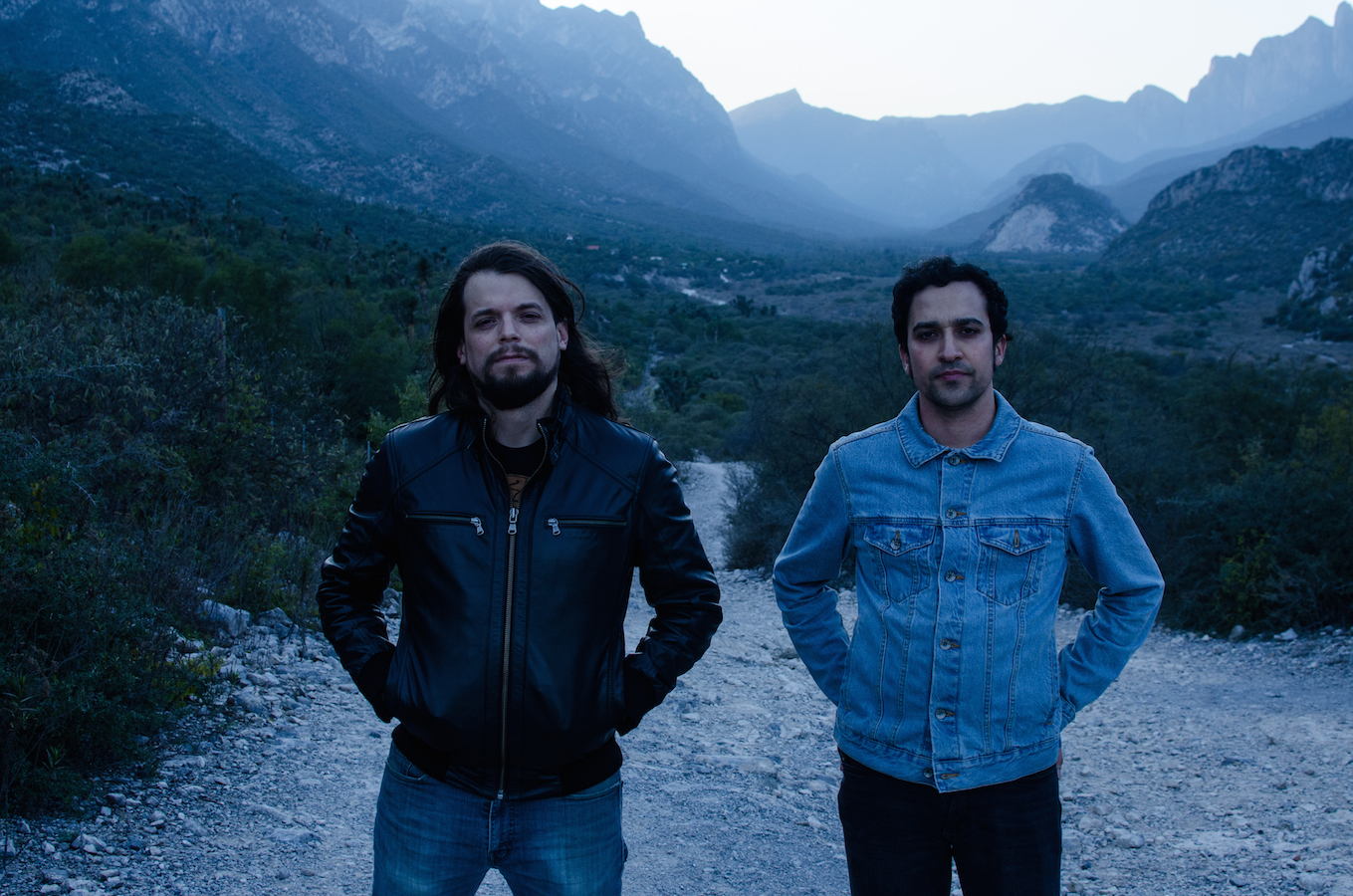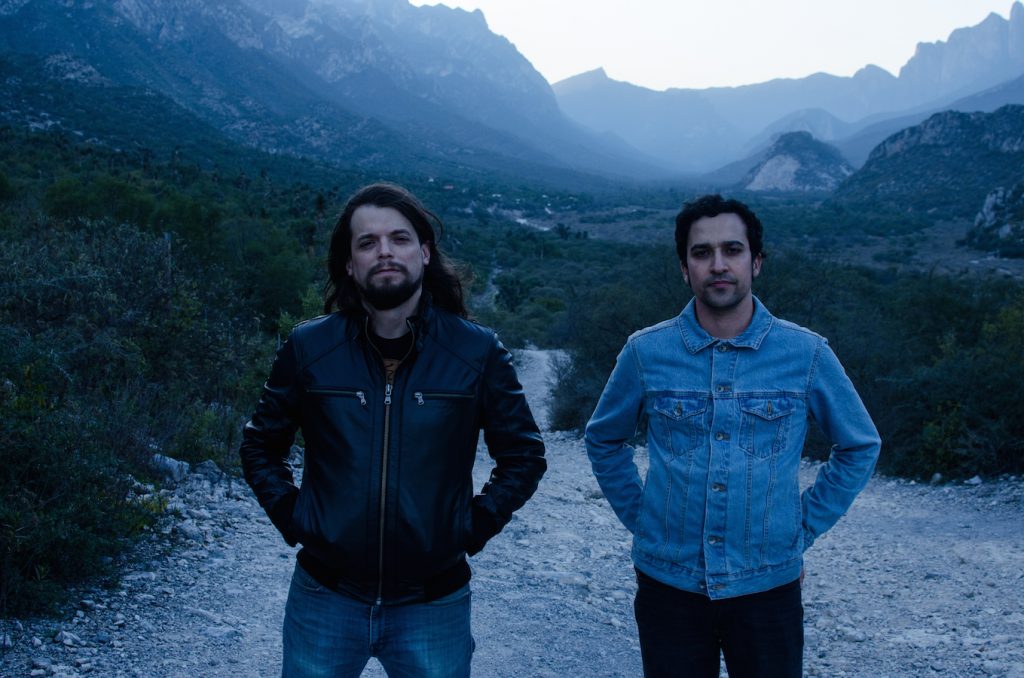For the last few years, the popularity of psychedelic music has increased to levels not seen since the genre’s peak years in the late ‘60s and ‘70s. Festivals like Levitation and Desert Daze are some of the most popular niche events worldwide, bands and labels all the world over are enjoying support from grassroots fans, and the media is taking notice.
Unlike the ‘60s San Francisco scene, there’s no focal point to the psych renaissance. Sure, there are representatives from rock hotbeds like Los Angeles, New York, and London, but there are bands practicing the style everywhere electric guitars are sold. Latin America is among the biggest providers of quality acts practicing any permutation of the genre, and Chile, in particular, has become a focal point for connoisseurs, thanks in part to Föllakzoid, The Holydrug Couple, and the rest of the BYM Records stable. However, heads might be wise to check out an otherwise secret area where great psych keeps brewing.
Historically, northern Mexico has the distinction of being the most fertile region in the country in terms of music, so it’s no surprise that some of the best psych bands currently playing come from there. There’s also a precedent: in the late ‘60s and early ‘70s, some of the most exciting psychedelic bands in Mexico came from the area, these included Los Dug Dugs from Durango; El Ritual and Peace and Love from Tijuana; Bandido, La Tribu, and El Amor from Monterrey; and La División Del Norte and Ciruela from Tamaulipas, among many others.
Nowadays, you can find many different acts playing awe-inspiring rock music and releasing tracks through labels like Abstrakt Muzak, Hole Records, and LSDR. Here we pick four very diverse bands from different parts of the northernmost region of Mexico, although there are certainly more to check out than just these.
Maw

One of the newest bands on the list, Maw released their debut self titled album in November of last year. The record is an inspiring slice of soothing shoegaze noise that expands and contracts in technicolor pop songs honed to whispering perfection as if beamed from a lethargic parallel dimension. Maw has since gained praise from national press and an invitation to play this year’s Marvin Fest.
It’s kinda baffling to learn that Maw originally didn’t set out to make shoegaze when they formed, considering how great they are at playing the style. “We never thought about playing a genre specifically,” they say in a joint message to Remezcla. “We think that’s what happens with bands when they make noise and they enjoy it. It’s very addictive.” Their home city of Chihuahua is definitely an inspiration for them, as they say. “In Chihuahua, we see the mountains around us. Without a doubt that’s inspiring.”
Although most Chihuahua musicians usually leave town to make it, the city and state have great insular scenes that boast gigs in unusual venues, like the middle of the desert, as well as the occasional bar. “We have this idea that it’s difficult to play for people here in the north, but every time we play we have a great time and we’ve had support from the crowds, and we see that happen with other bands as well.” Right now the future seems bright for Maw as well as for their city, yet when asked about it, their response is a little straightforward. “The future is a fireball that’s about to crush us.”
Tajak
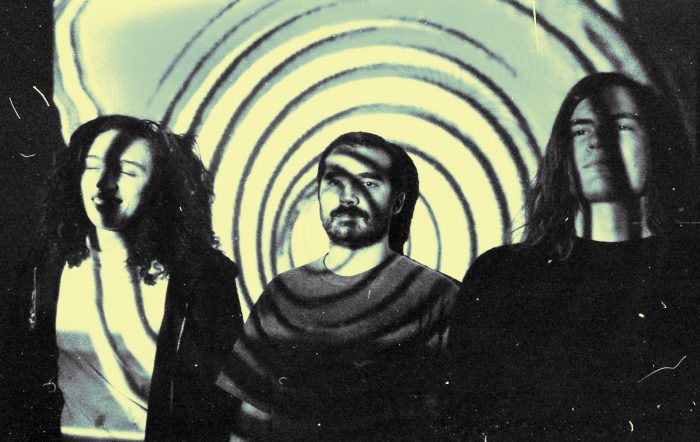
You can chalk it up to fate or coincidence when learning the story of how Tajak came together. Bassist Coco Badán and guitarist Carlos Arias hail from Ensenada, Baja California while drummer Álvaro Castro is originally from La Paz, Baja California Sur. However, the three members met when all of them relocated to Mexico City to pursue music. Since then, Tajak has become one of the most intense live presence in the country, playing improv-based songs full of out of this world effects, hypnotic krautrock influences and frenetic rocking out moments.
“I think we were influenced by coming from small towns and adapting to the big city,” says Castro via email. Perhaps it’s this mindset that has made them an important connecting tissue in the national scene, by releasing collaborative EPs with the likes of San Pedro El Cortez, touring with bands such as Sunset Images, and starting Hole Records, which has released their own albums as well as their side projects and other newcomers like Merida’s Los Kowalski and CDMX’s Shax.
As such, they have a broad perspective of what’s going on in the north of Mexico, as Álvaro observes. “I think especially Tijuana is important because I think that city has contributed a lot of bands that have had a huge impact in the country and abroad, as is the case with San Pedro El Cortez and Mint Field, or Lorelle Meets The Obsolete and Camedor from Ensenada. There’s not much of a scene there, though; people who go to gigs are friends and friends of friends.” He notes that there are not a lot of places to play as in Mexico City, but notes that cities like Mexicali and Monterrey are catching up.
Not that they are in need of gig opportunities. Last year, Tajak toured Europe, playing Poland’s Spacefest and they are slated to appear on 2018’s edition of Levitation fest. They are also slated to drop the follow up to their second album, Amsterdam 211 through Hole later this year. Tajak might be in for a jump to the international psych scene pretty soon.
Los Mundos
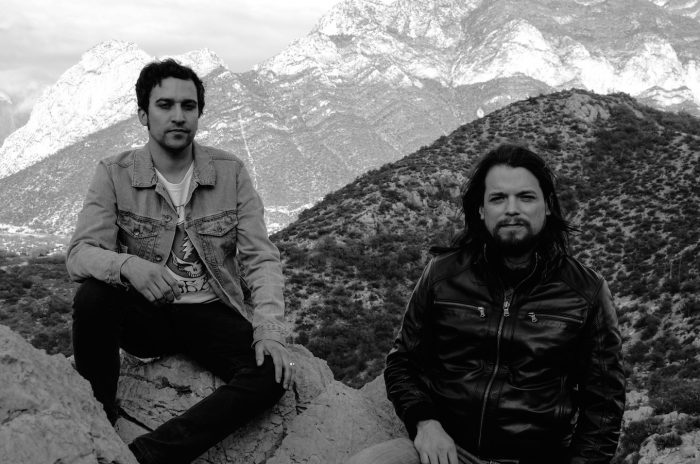
The Monterrey duo of Luis Ángel Martínez and Alejandro “Chivo” Elizondo could be considered veterans of the scene. Not only have they been around for a longer than most of their contemporaries –and even before that, Luis was already known for his Piyama Party project, while Chivo played in En Ventura and also contributed to Lorelle Meets the Obsolete and The Volture, but their prolific discography (five LPs, two EPs, and a covers album) has seen them explore pretty much every permutation of psychedelic rock. From their shoegaze tunes on early records like their 2011 self-titled debut, to their noisier 2014 EP Dios Es Fuzz, to the stoner metal explorations on 2016’s Las Montañas, the only common thread seems to be their love for weird sounds as well as Martínez and Elizondo’s deadpan unison vocals.
Ciudades Flotantes, released on March 2018, is probably the band’s most eclectic and far-reaching statement, one that sees them return to their more melodic side while doubling down on the trippy metal tendencies of later albums. They have also become a cornerstone of the scene thanks to Chivo’s Abstrakt Muzak label who releases records by old favorites like Mentira Mentira as well as newer bands like Yo Maté a Tu Perro and APE. He’s also behind the Las Dunas recording studio, which has hosted a number of newer bands playing everything from garage rock to doom metal.
Still, Elizondo is not an optimist. “Psychedelic music got as big as it could in the ‘70s so I don’t think it will grow as much nowadays. I think it will inspire interesting music since it’s not really a specific style as such; it’s actually something you can add to any genre and get something interesting in return.” As for the scene in their city and others nearby, Martínez comments. “Unfortunately, the music culture in Monterrey is nothing to brag about, but there have always been people doing notable stuff, whether it’s bands or promoters or both.”
The Crimson Trip
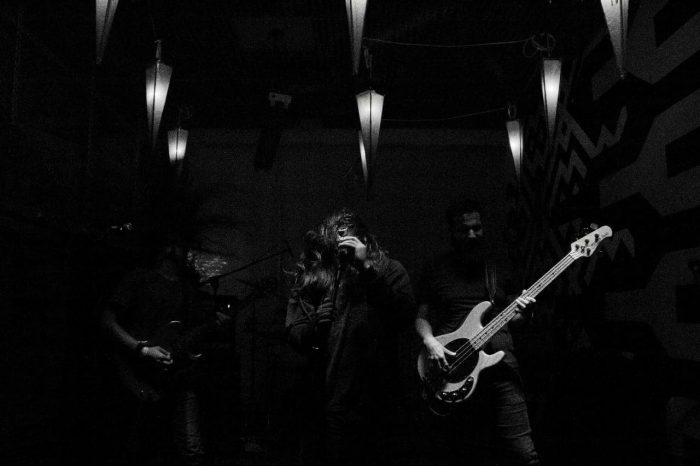
The heaviest band on the list, Monterrey’s The Crimson Trip split the difference between stoner rock and doom metal with an almost subliminal hazy bent that separates them from other bands within a similar territory. TCT has gained fans all over the world through the internet although they only have two records to their name so far.
They have also helped keep their city’s live circuit active thanks to Avandadoom, a series of concerts as well as a collective started by the band. It has in the past six months branched out into a record label, releasing debuts by Guadalajara’s Chivo Negro and Monterrey’s 90s, as well as Los Mundos latest, Ciudades Flotantes. Not coincidentally, all three albums were recorded by Los Mundos’ Chivo Elizondo at his Las Dunas studio.
“We know for a fact that there are many talents in the north, not just psychedelic but experimental and eclectic.” Says vocalist Tony Orta. “The mountains and sunsets influence a ton! We often see posters of bands that we like and we love going to shows. It’s great to meet people who are doing the same thing.”
The Crimson Trip is releasing a new album in the coming months, the follow up to their Order Of The Occult record, that will surely expand upon their slow heavy riffs arsenal and send them to the stratosphere.



